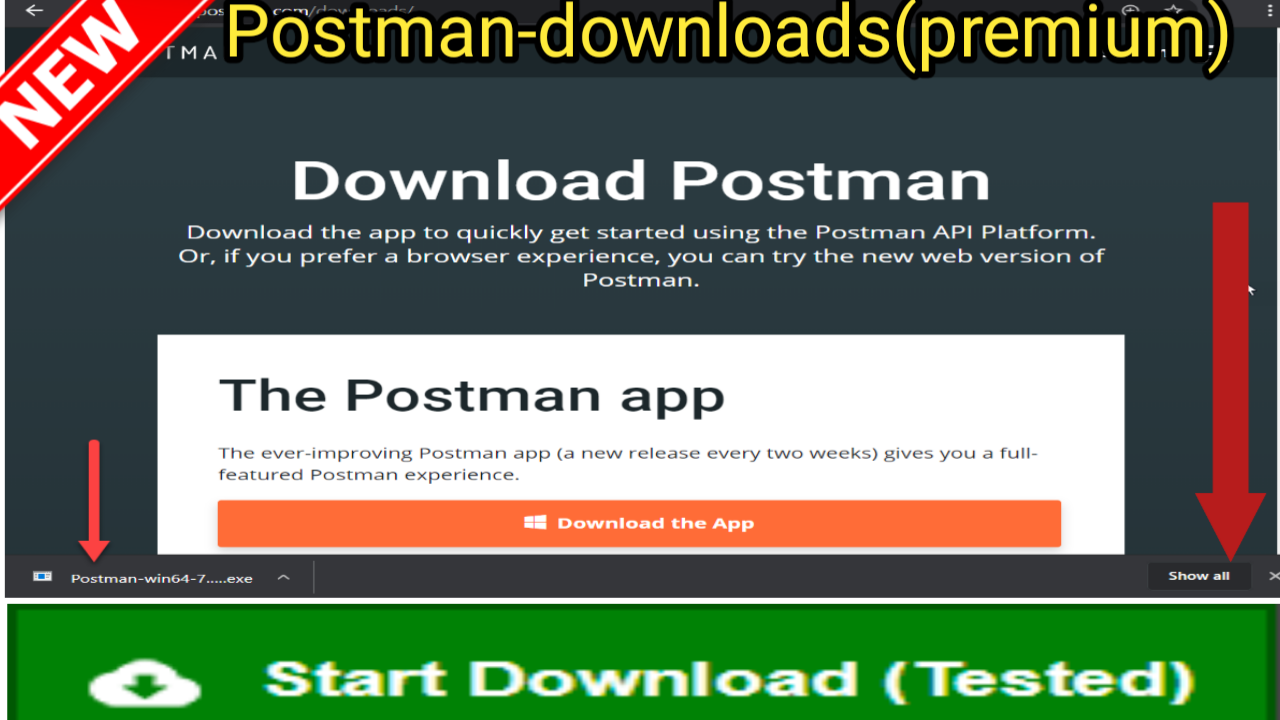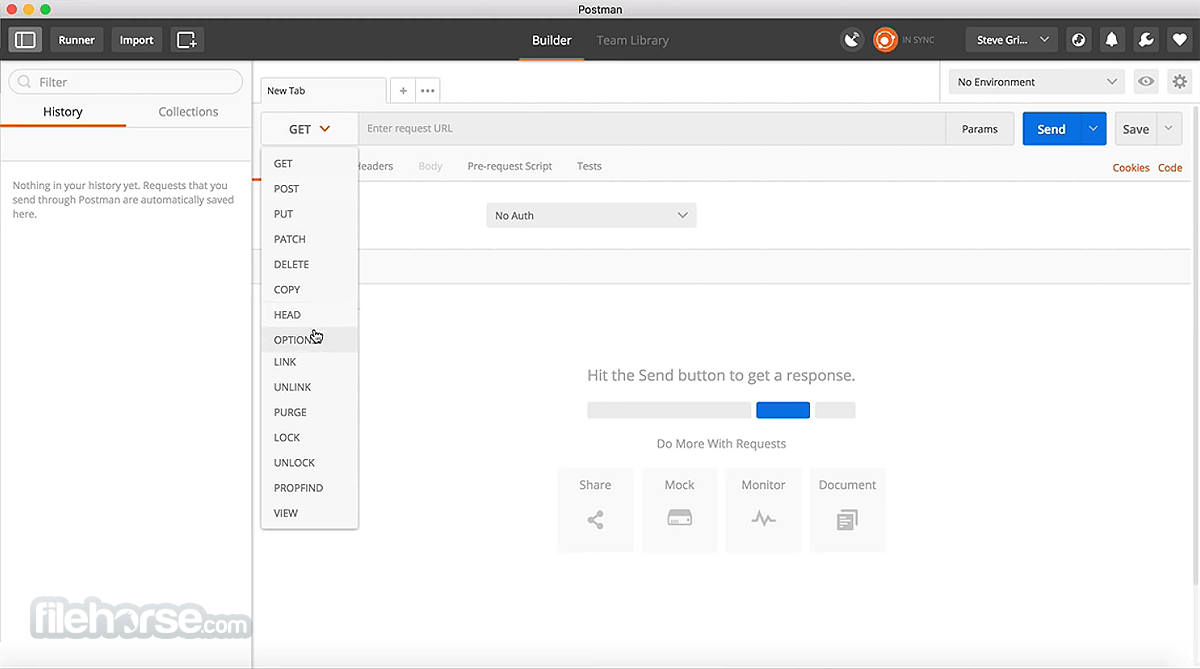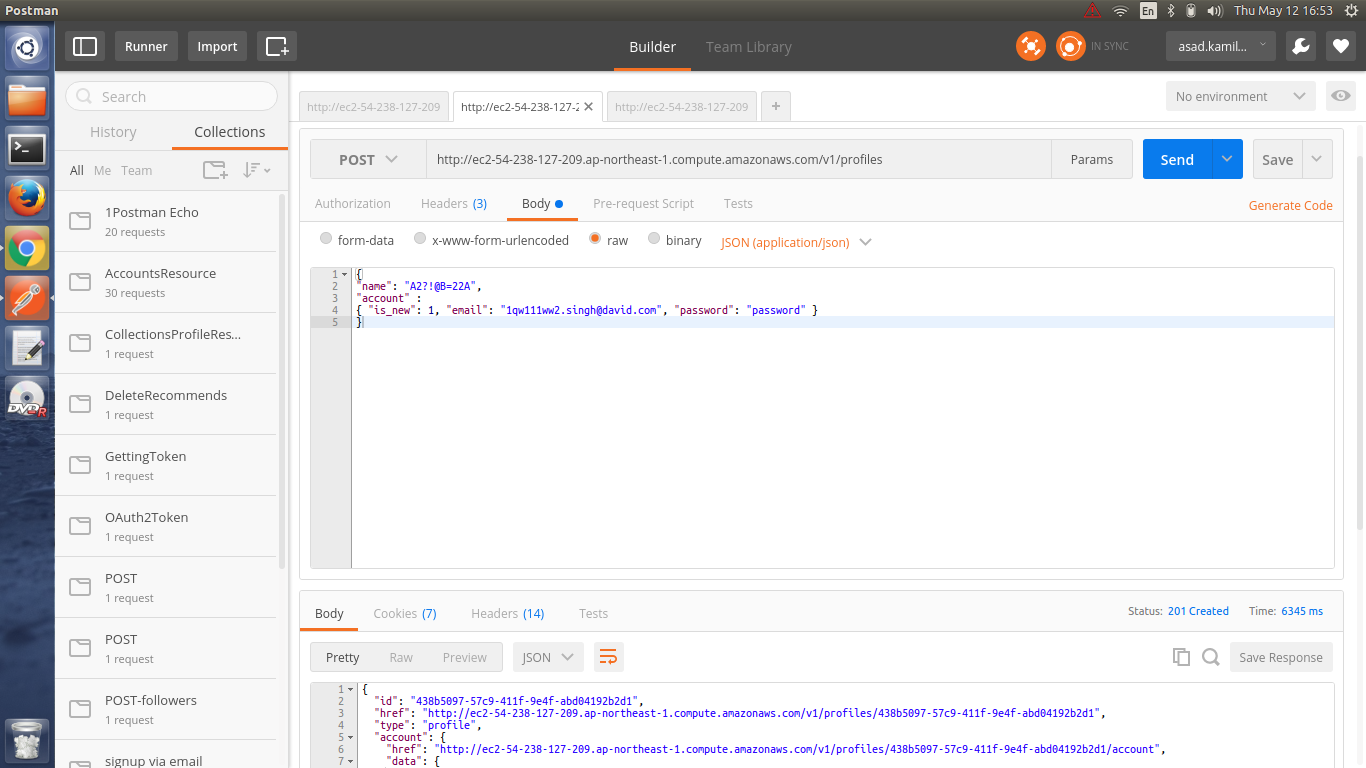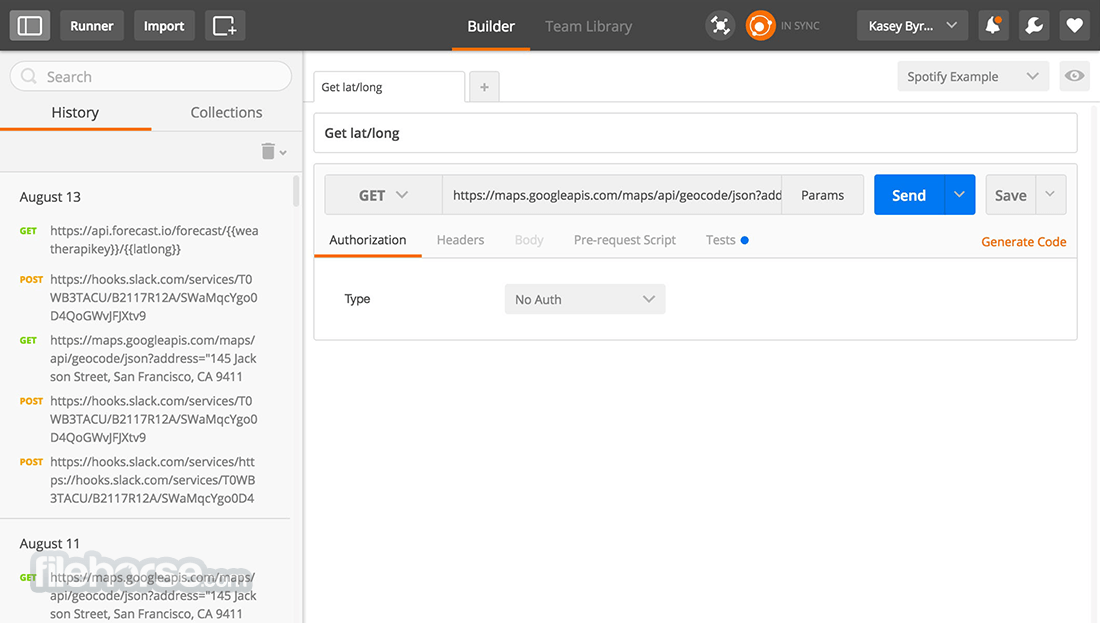

It is also possible to export-import them. These collections are folders where requests are stored and can be structured in whichever way the team prefers. This feature is known as ‘collections’ and helps organize tests. Postman gives the possibility to group different requests.
#Postman software series

400 Series > Client error responses, for instance, ‘400 Bad Request’.300 Series > Responses related to URL redirection, for example, ‘301 Moved Permanently.’.200 Series > Responses where the client accepts the request and the server processes it successfully, for instance, ‘200 Ok’.100 Series > Temporal responses, for example, ‘102 Processing’.When testing APIs with Postman, we usually obtain different response codes. The following are some of the most used, including their functions: Postman offers many endpoint interaction methods. It is an HTTP client that tests HTTP requests, utilizing a graphical user interface, through which we obtain different types of responses that need to be subsequently validated. We have also covered advanced topics of Postman tool to do API Testing.Postman is an application used for API testing. In the postman tool, you can save your requests and use them in the future based on your needs. Building Blocks of Postman:īefore testing an API, first we will see some building blocks of Postman Tool that are essential for every Postman operations.Ī request is a combination of the URL, HTTP headers, Body or Payload. Tests allow you to ensure that your API is working as expected, to establish that integrations between services are functioning reliably, and to verify that new developments haven’t broken any existing functionality.

Tests: Tests are the scripts executed during the request. This is perfect for use-cases like including the timestamp in the request headers or sending a random alphanumeric string in the URL parameters.ġ8. Pre-request Script: Pre-request scripts are written in JavaScript, and are run before the request is sent. You can send various different types of body data to suit your API.ġ7. Body: It allows you to specify the data you need to send with a request. Headers: Some APIs require you to send particular headers such as JSON, JavaScript etc., along with requests, typically to provide additional metadata about the operation you are performing. We mention authorization details like username, password, bearer token etc., here.ġ5. Authorization: APIs use authorization to ensure that client requests access data securely. Params: We mention the parameters (key values) needed for a request.ġ4.
#Postman software update
Save: To save the request or to update the existing request.ġ3. Request URL: Here we mention the link to where the API will communicate with. HTTP Request: You can see requests like GET, POST, COPY, DELETE, etc.ġ1. By default it is named as ‘Untitled Request’.ġ0. Request tab: Title of the request you are working on. Collections: It is to organize and keep track of related requests.ĩ. History: Automatic saving of requests and responses in history which helps you track your past actions easily.Ĩ. Invite: It is to invite your team members to collaborate on a workspace.ħ. It allows real-time collaboration within and between teams.Ħ. A workspace is a shared context for building and consuming APIs. You can create a new workspace using this. Open New: We can open Postman Window or Runner Windowĥ. Runner: We can execute automation tests using Collection Runner.Ĥ.

You can also find other options such as import from file, folder, link, or paste raw test.ģ. Import: It is to import a collection or environment. New: It is to create a new request, collection, or environment.Ģ.


 0 kommentar(er)
0 kommentar(er)
